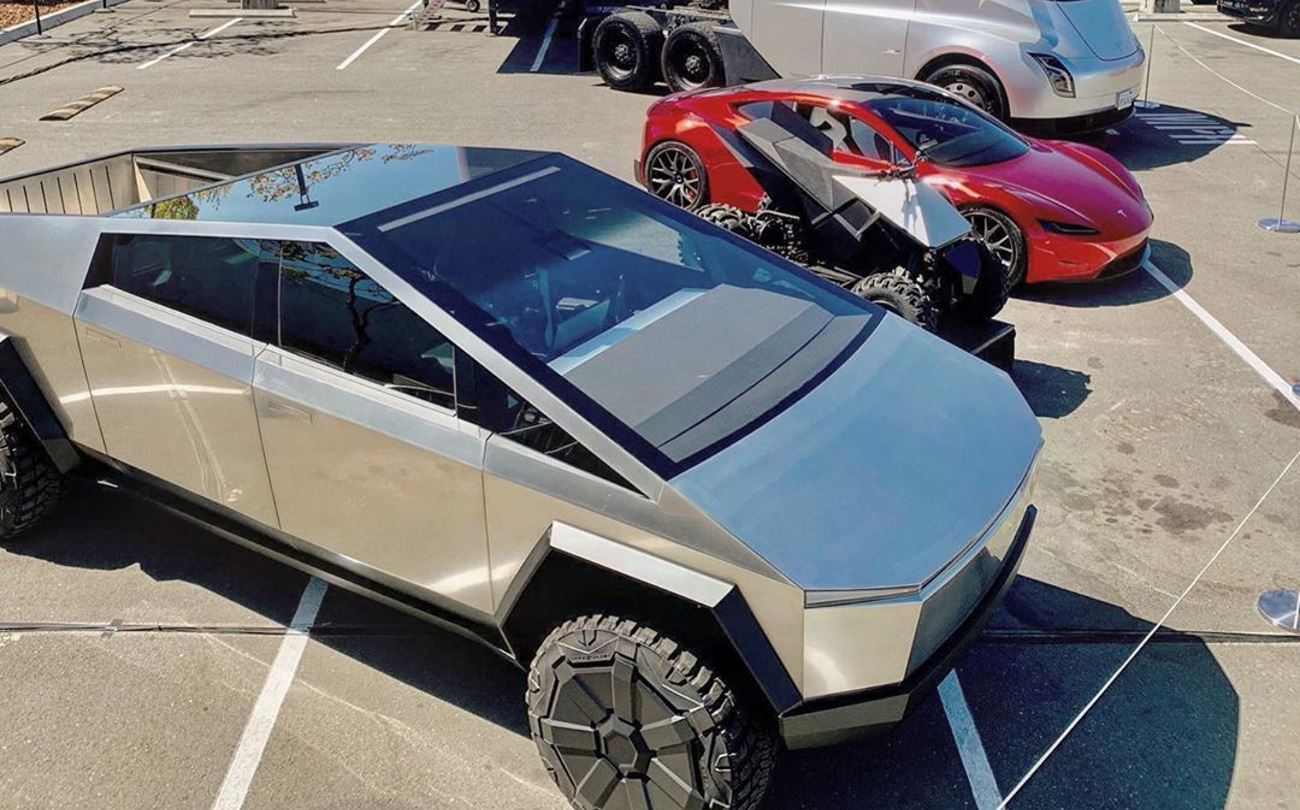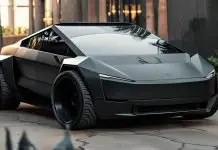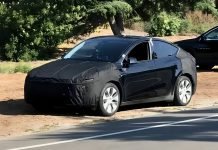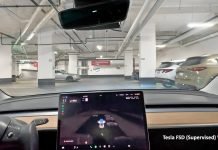It seems like the Tesla Battery Day hangover is going to take some time to be cured. The event held on 22nd September was expected to give a lot of insights on Tesla’s progress with regards to battery technology. With the Canadian research team led by Jeff Dahn making headlines in the past two years, many people were expecting a number of announcements, with some even saying that the million-mile battery could be unveiled. In the end, Elon Musk talked more about the future of their cars than their batteries, unveiling the Model S Plaid and the upcoming $25,000 model. Tesla did introduce the 4680 battery, a new and bigger battery cell than 2170 currently in use. And now Musk mentioned via Twitter that this is a battery that has already been deployed in some of their vehicles.
Production of Tesla Vehicles With New 4680 Cells Has Already Started

When the cell was unveiled during the live event, many facets of the battery were discussed. The ‘tabless’ cell, with a shingled spiral design, is expected to help Tesla improve battery performance and also reduce manufacturing time and efforts. With the absence of tabs, automated manufacturing does not need to be interrupted anymore. This battery is also expected to increase the vehicular range by 16%, which is facilitated by the cell properties, which provide 5 times the energy and 6 times the power. It was expected that this battery will be first introduced in the production of the Model S Plaid, which has some amazing performance specs such as a 0 to 60 mph (96.5 kph) under-2 seconds timing and a sub-9 second quarter mile timing. Along with crazy speeds, they have also promised a range of 520 miles (837 km), which means the battery running it needs to have great power and good efficiency as well. It seemed pretty clear that the new battery has been made keeping in mind these requirements of the Plaid.
Suppliers. We’re only doing high energy nickel ourselves, at least for now. Also, maybe the presentation wasn’t clear that we’ve actually had our cells in packs driving cars for several months. Prototypes are trivial, volume production is hard.
— Elon Musk (@elonmusk) September 26, 2020
However, with Musk having cleared these doubts, we now know that the 4680 has already been tried in some prototypes months ago. He mentioned that deploying these batteries in prototypes is easier than having volume production, and the current usage of these batteries is for on-road testing purposes, which has been going on for the last 2-3 months. He also mentioned that the three-way cathode division that Tesla is looking to adopt in 4680 will not start right away. The Battery Day presentation included the new plan, in which lithium iron phosphate will be used in medium range vehicles, lithium + manganese cathode will be used for long-range variants, and the fully lithium-based cells will be seen in heavy-duty models like the Cybertruck and Semi. But Musk has now clarified that they are currently focusing on the production of the fully lithium-based cells, which indicates that the prototypes of the pick-up truck and the Semi have been using the 4680 for the last few months.
With the Cybertruck and Semi being heavy-duty machines, it makes sense to focus on getting the fully lithium-based cell configuration ready. The Cybertruck deliveries are due by the end of next year, as is the launch of the Semi, which means that Tesla will be working on that configuration first. The Cybertruck has already logged up close to 600,000 pre-orders, with Musk having mentioned that the numbers are so gigantic that they have stopped counting. The electric pick-up truck, which was unveiled in grand fashion last November, is expected to topple all the rulers of the pick-up truck industry. The Semi, on the other hand, will be Tesla’s first shot at making the long haul, with vehicles in that segment needing consistency and high power requirements. With the 4680 expected to give Tesla a fresh start with in-house battery manufacturing, the new battery may be the trump card that they need to overcome the CV (combustion vehicle) competition.
In the months to come, the focus will shift on the other configurations as well, with the Model S Plaid expected to be launched early 2022. This model will be needing high power and durability requirements as well, which Tesla aims to extract through the lithium + manganese cathode arrangement.
Tesla has had a good run over the past few years with regard to their vehicle manufacturing. Huge volumes of production have been seen, and they have outdone each of their previous models with the new ones. Amazing performance, long-range, and constant improvement in the software means that they are yet to toppled from the throne of electric vehicles even after all these years. The battery production outsourcing had caused a problem with the Model 3 manufacturing a few years back, and this in-house production will definitely help in that regard. As of now, the focus will be on the heavy-duty batteries for Tesla.


















